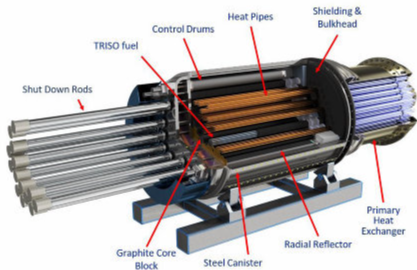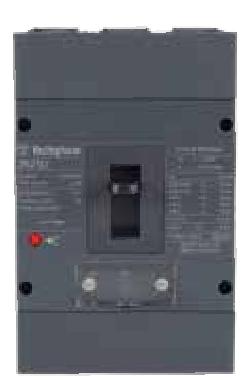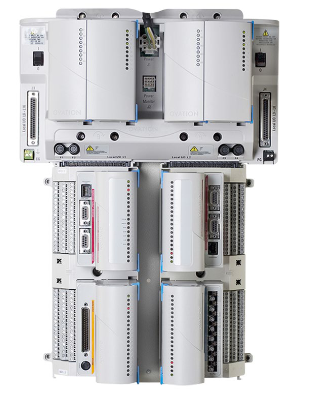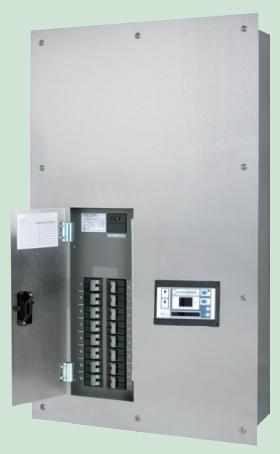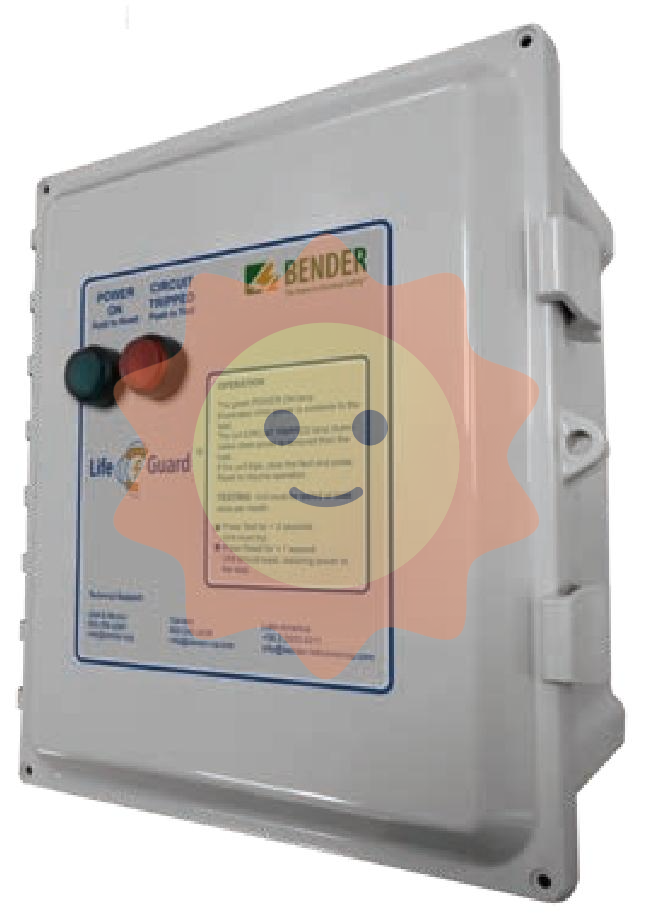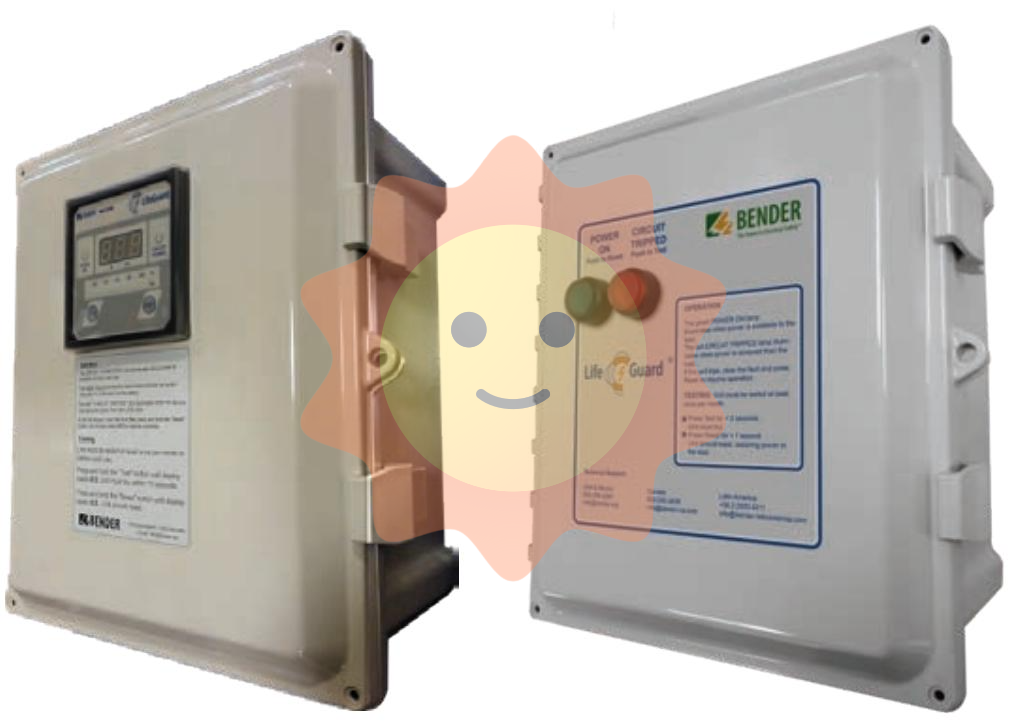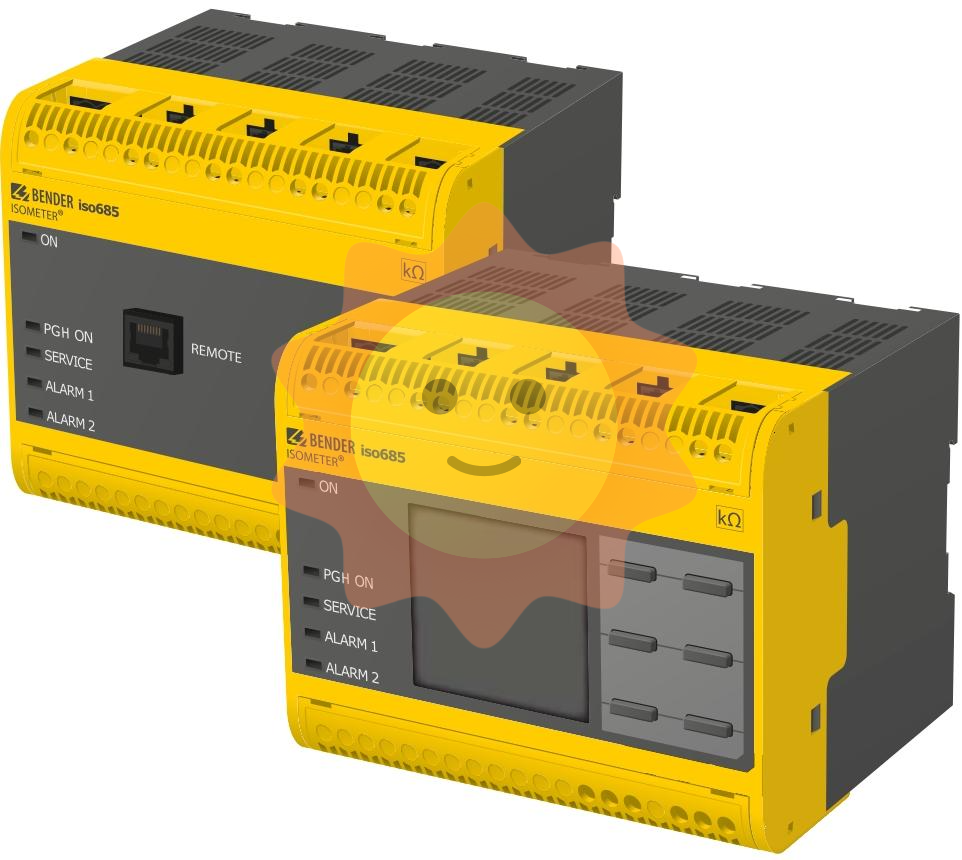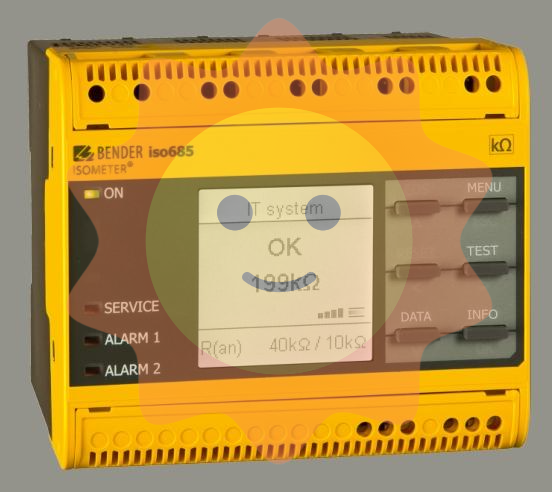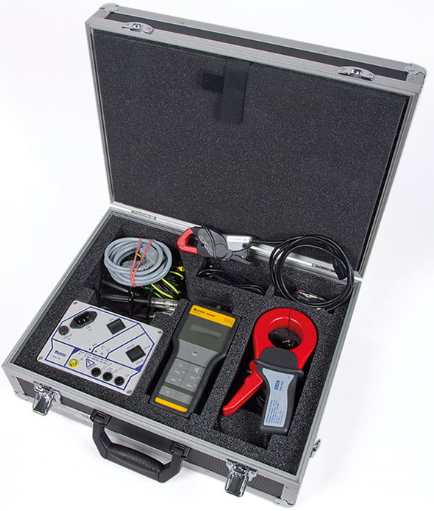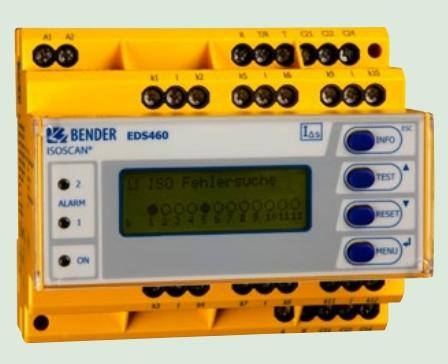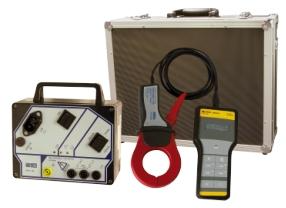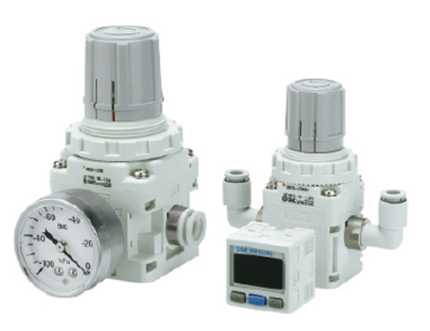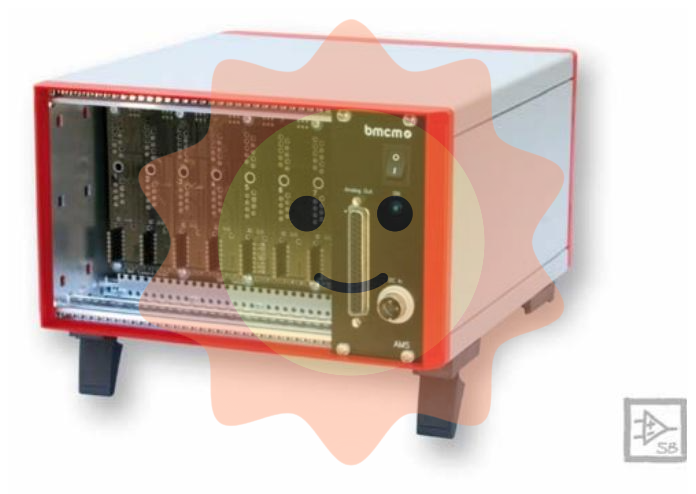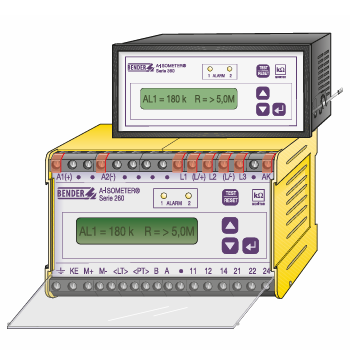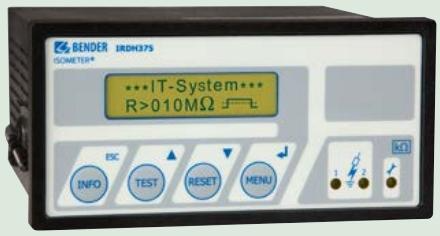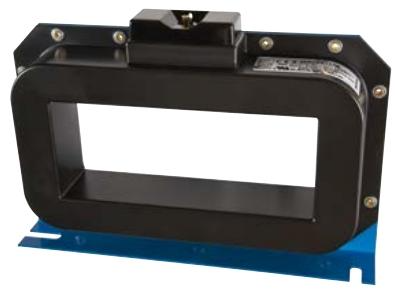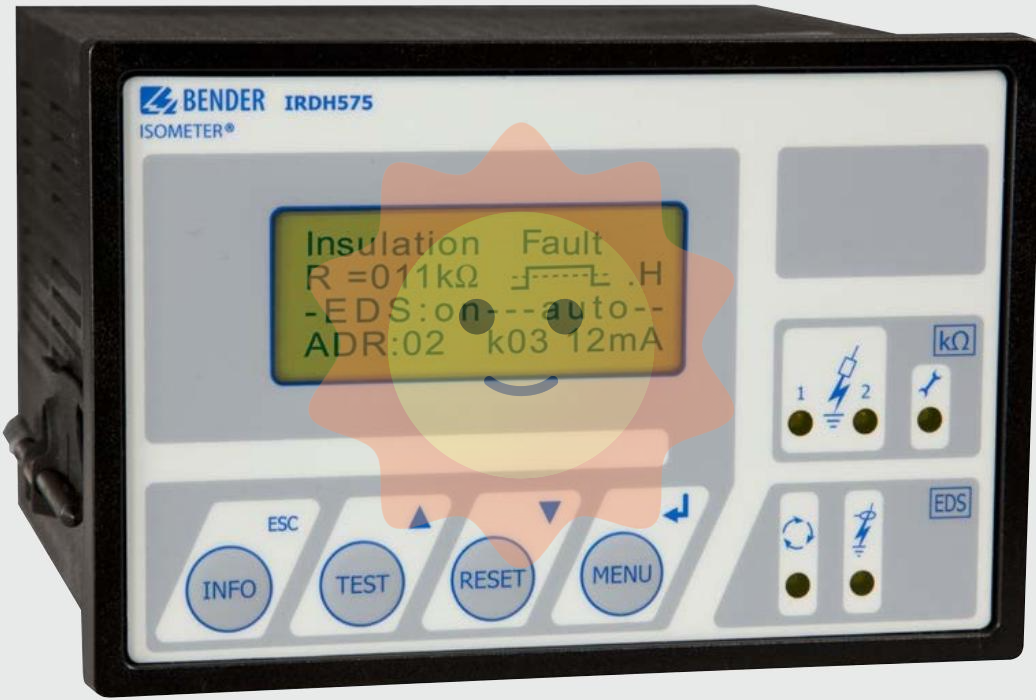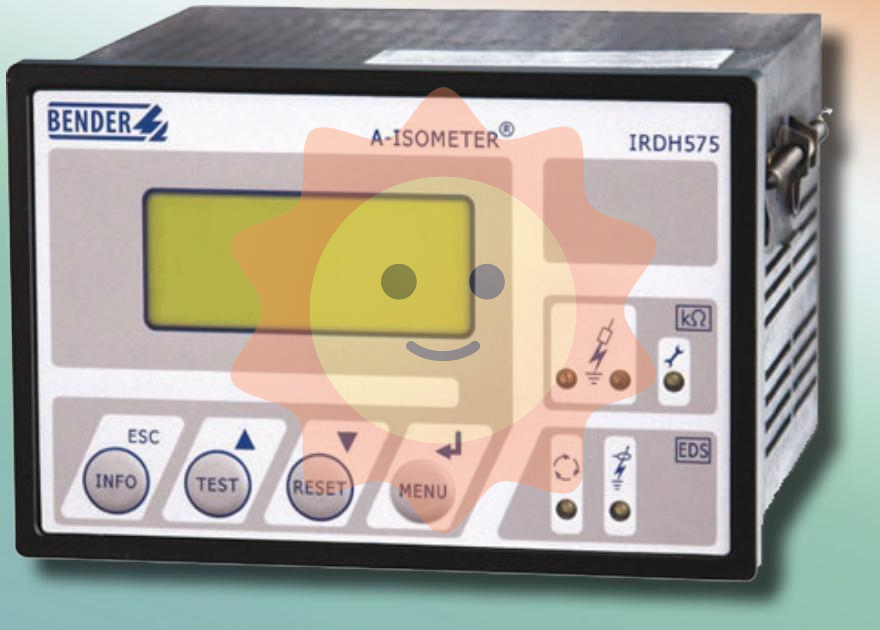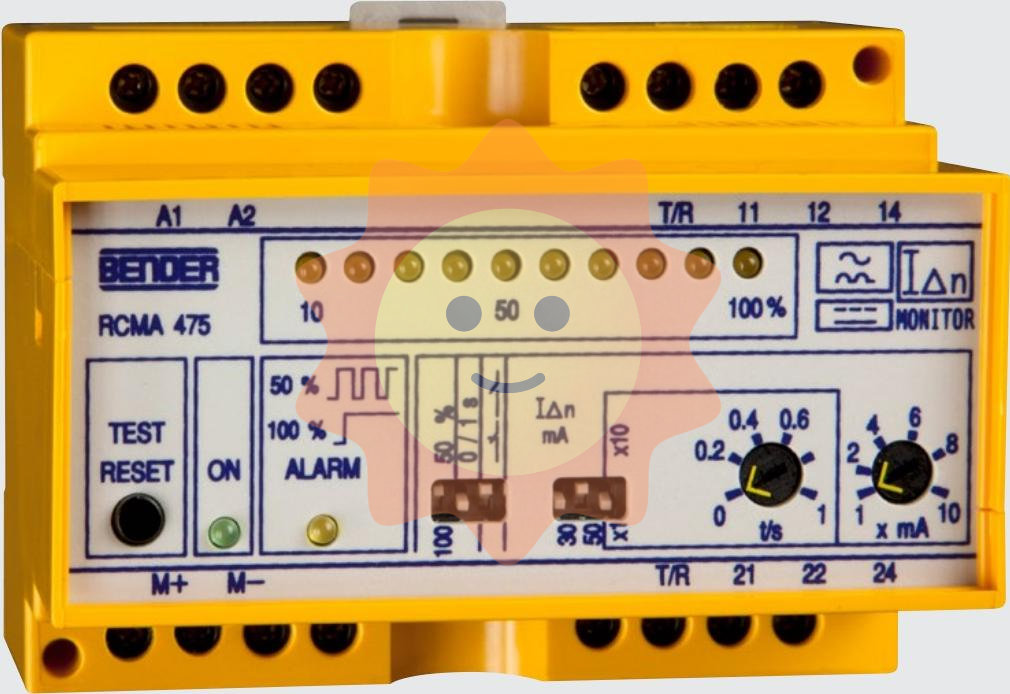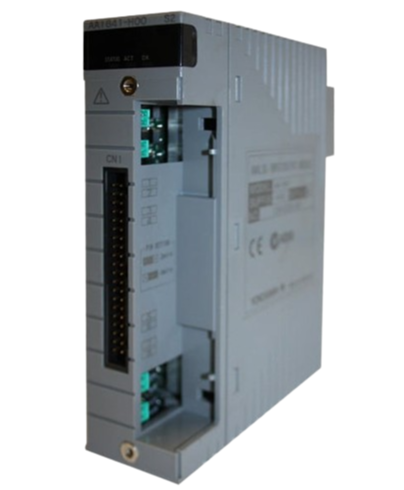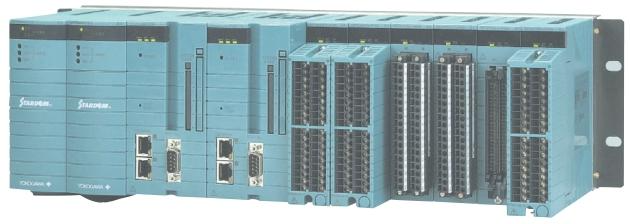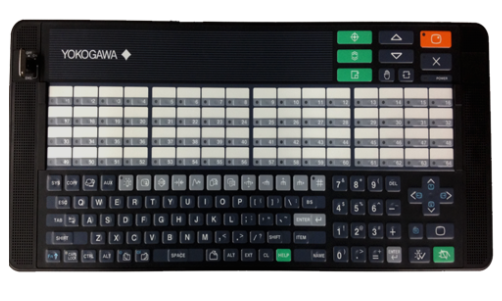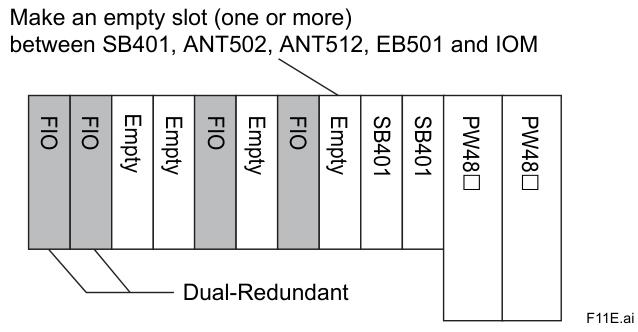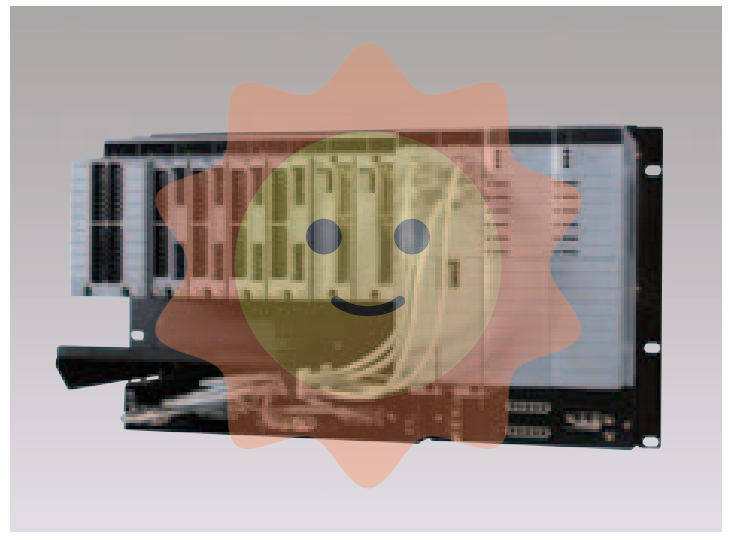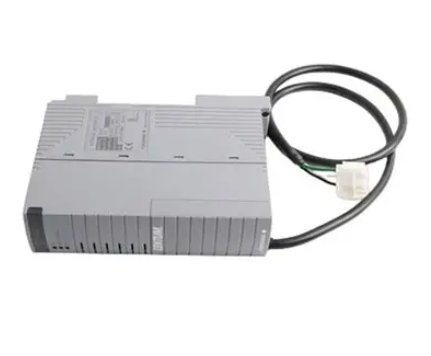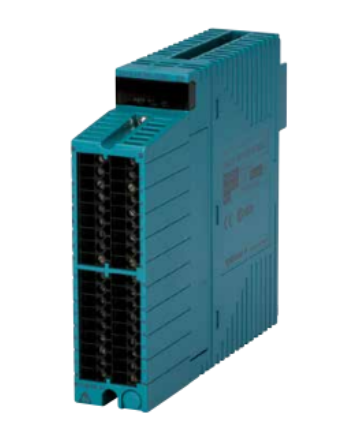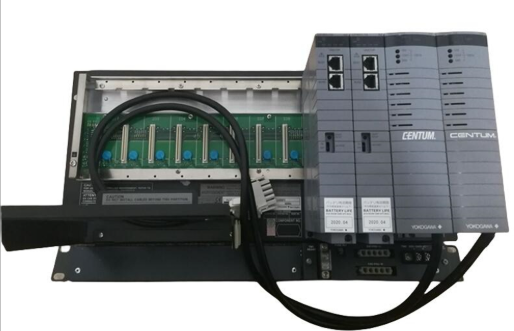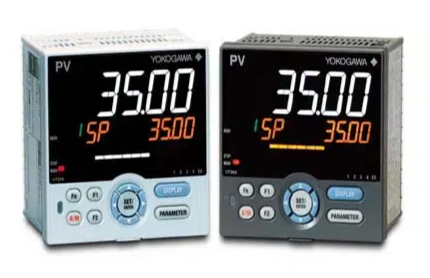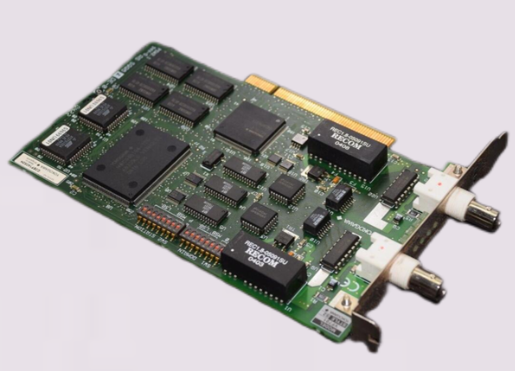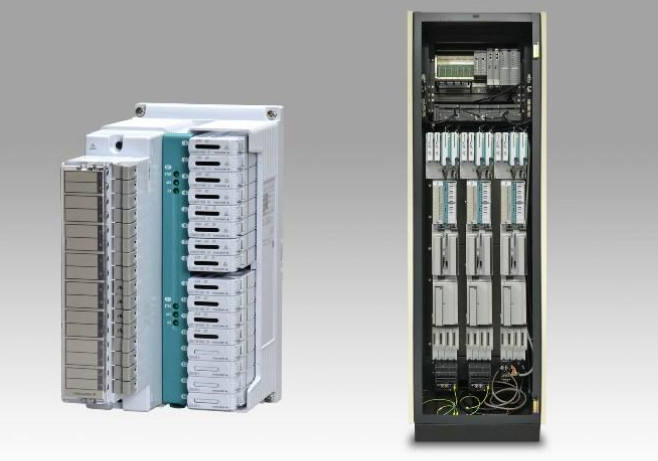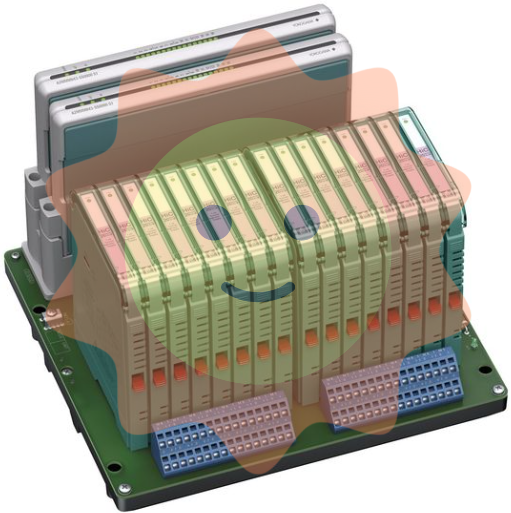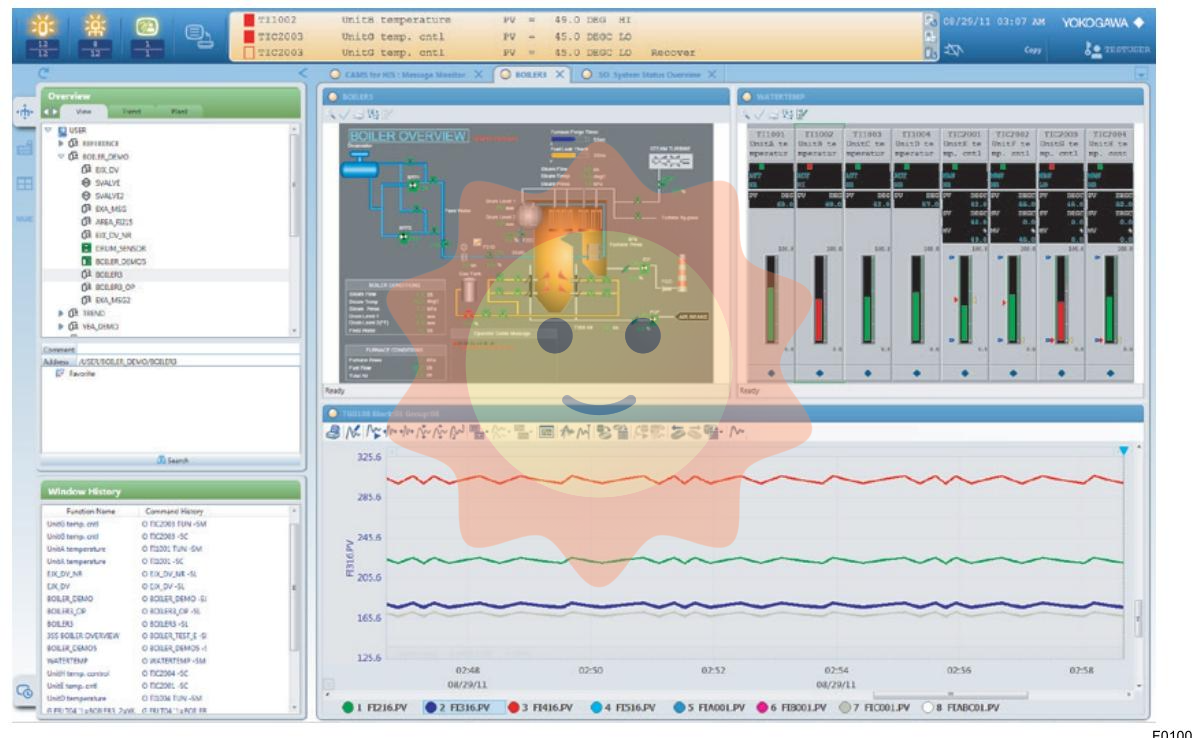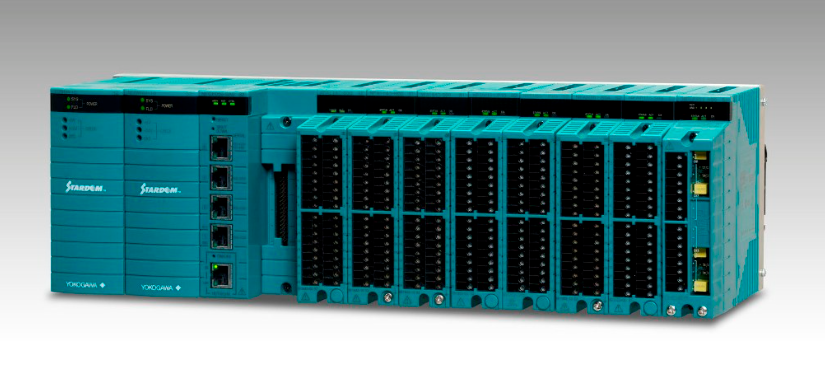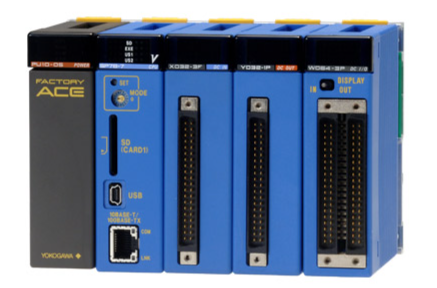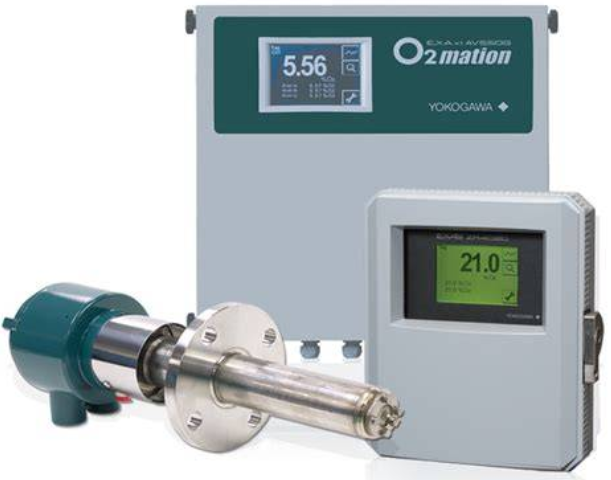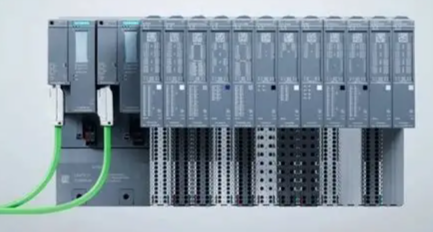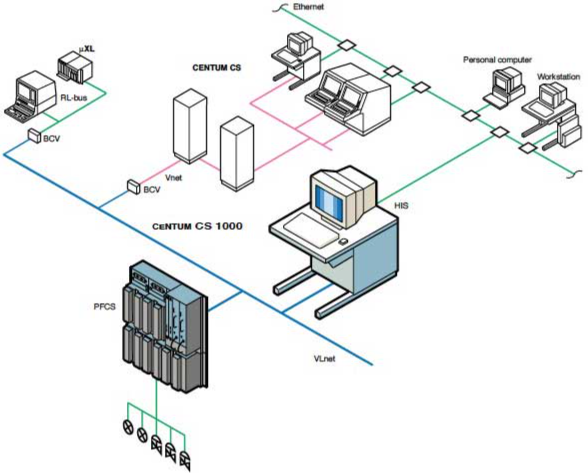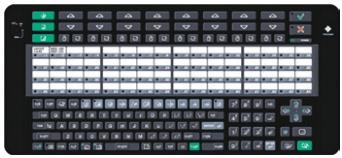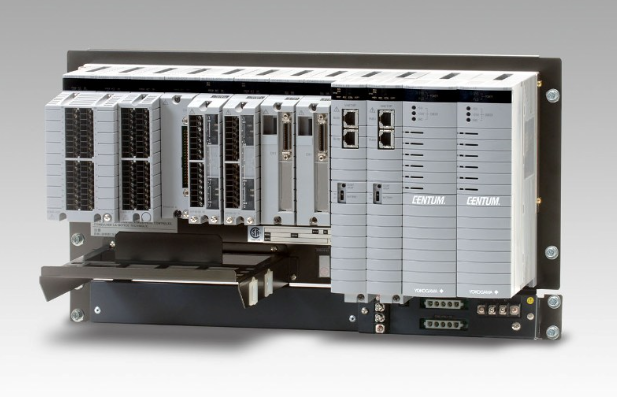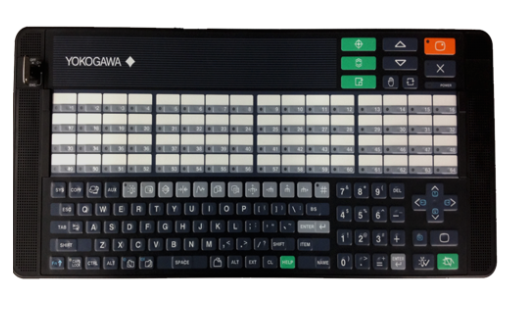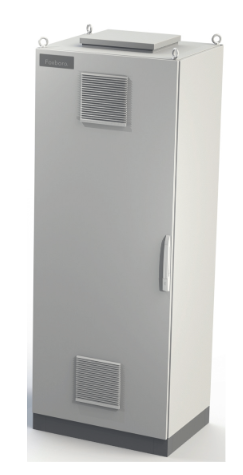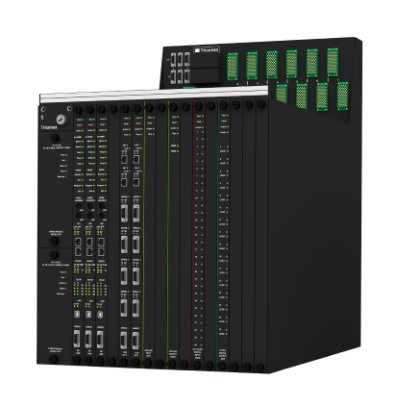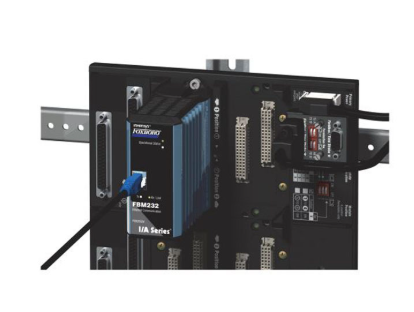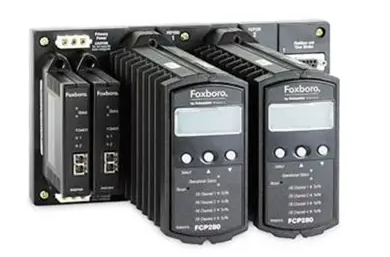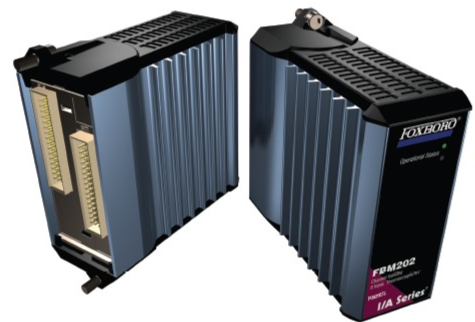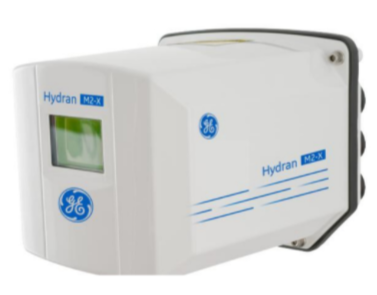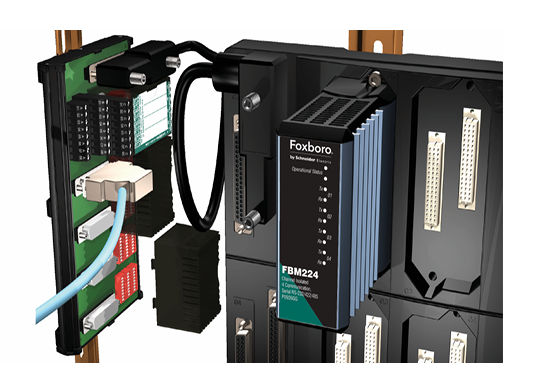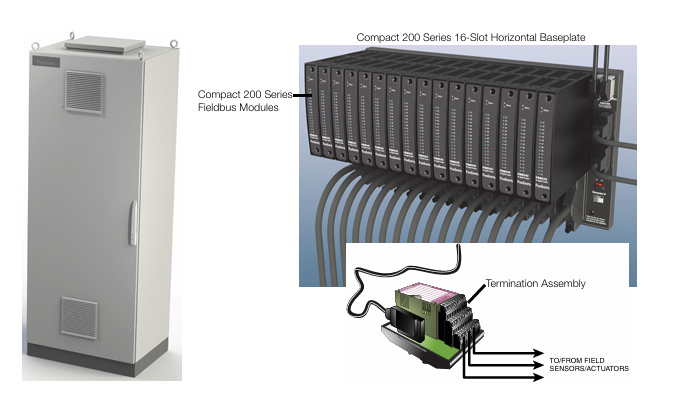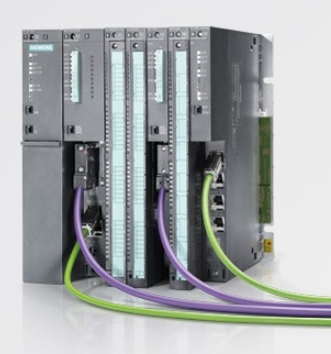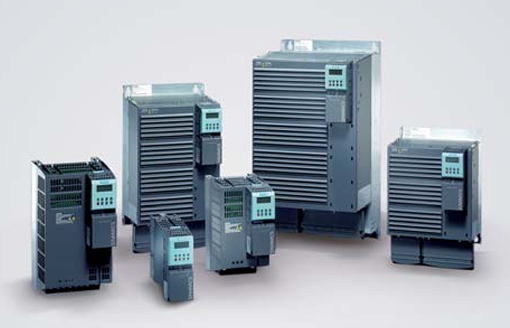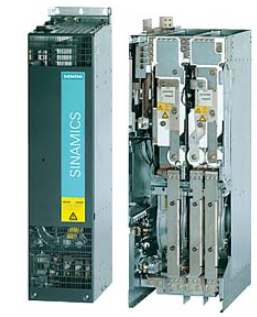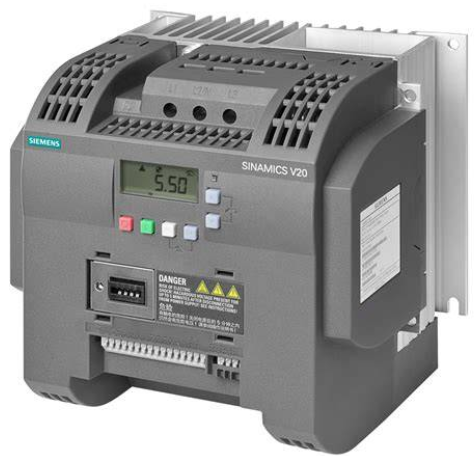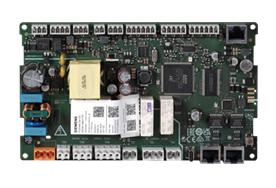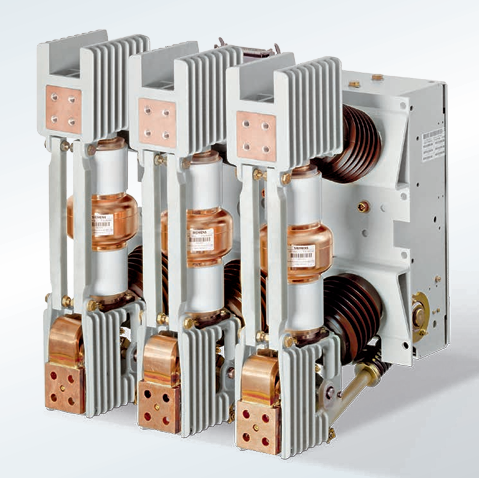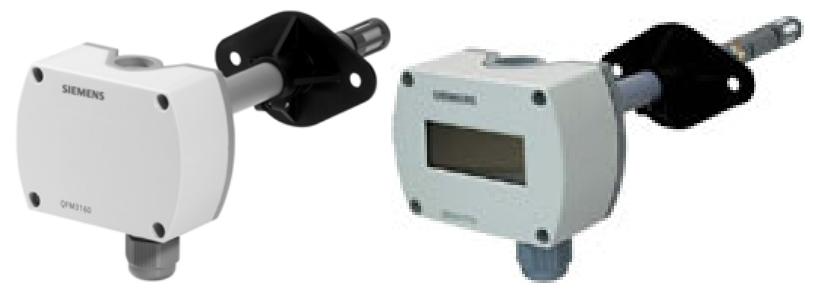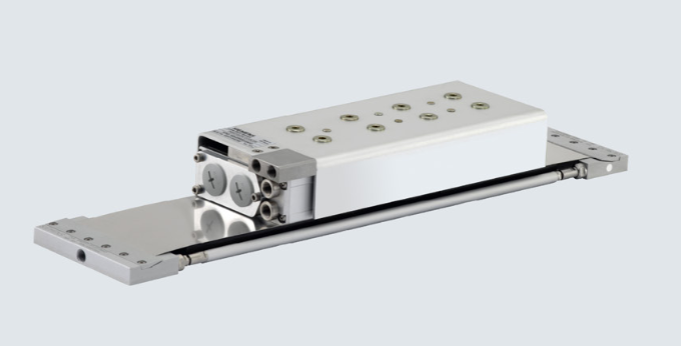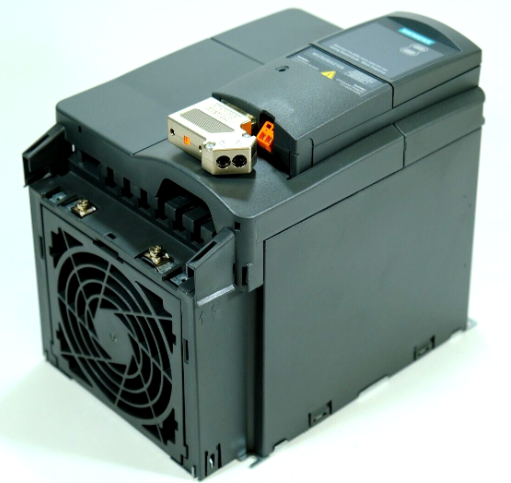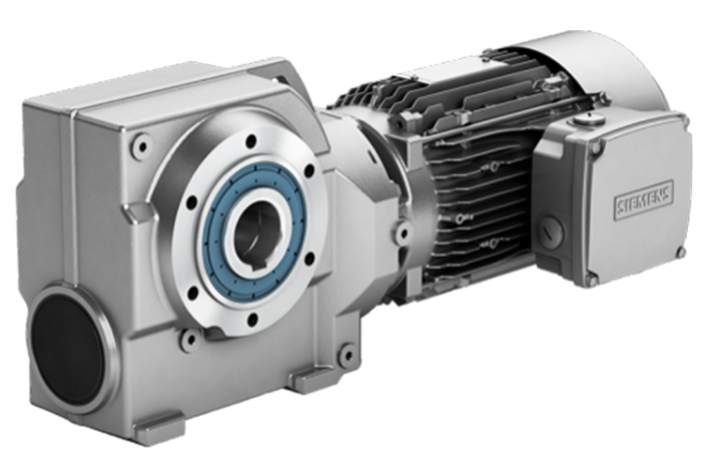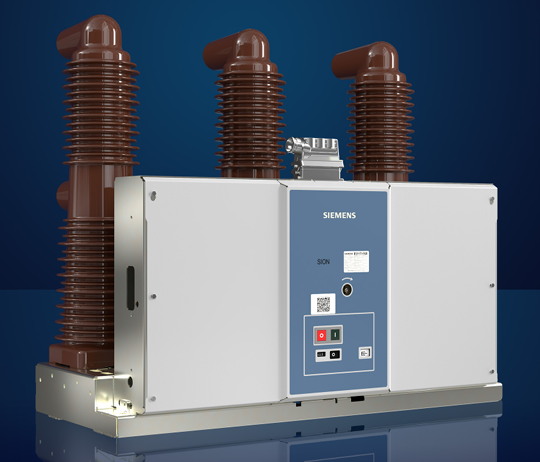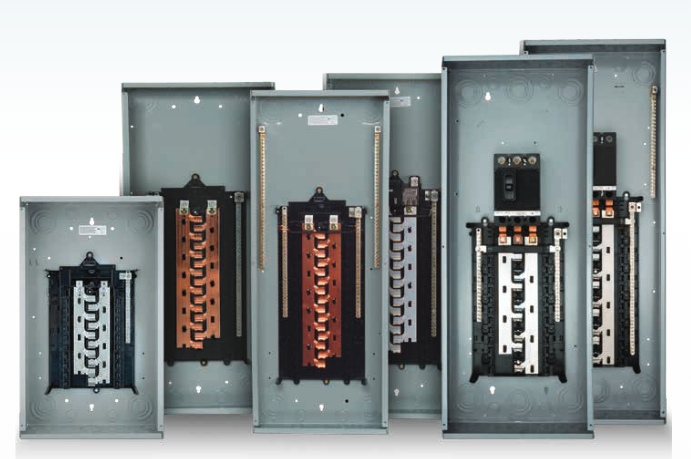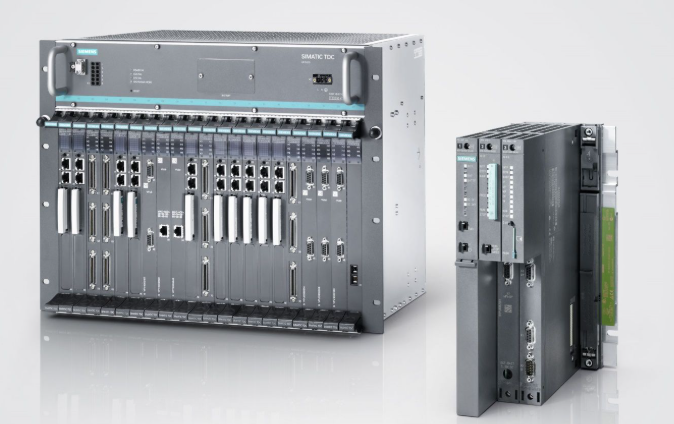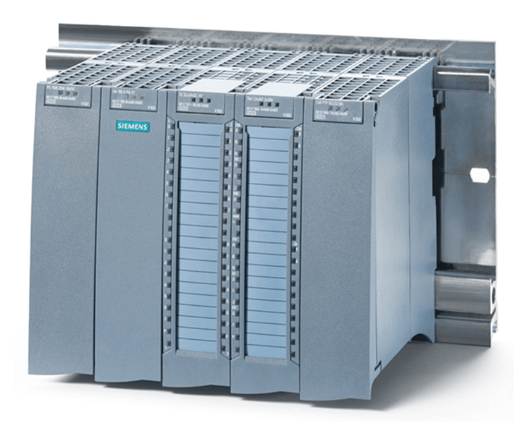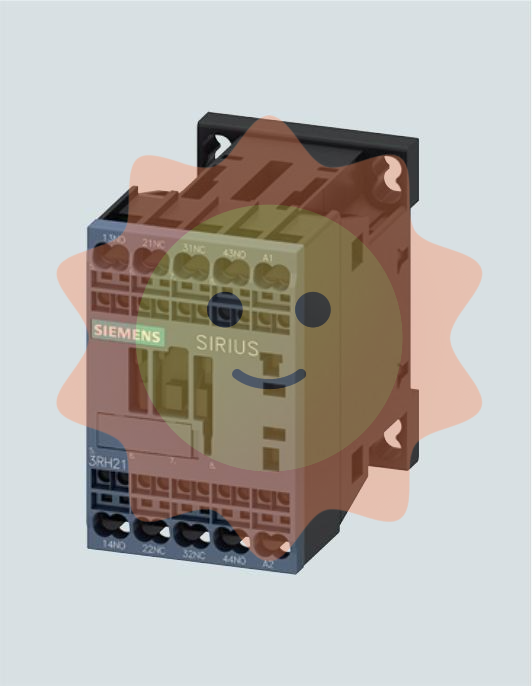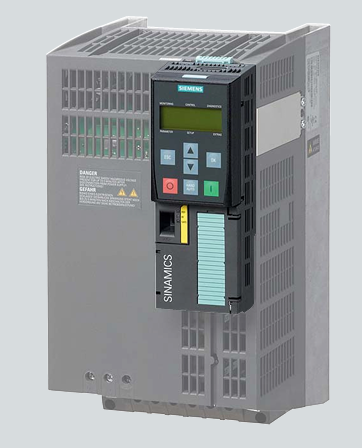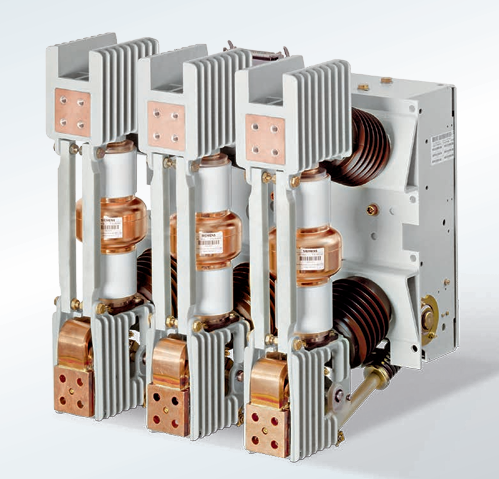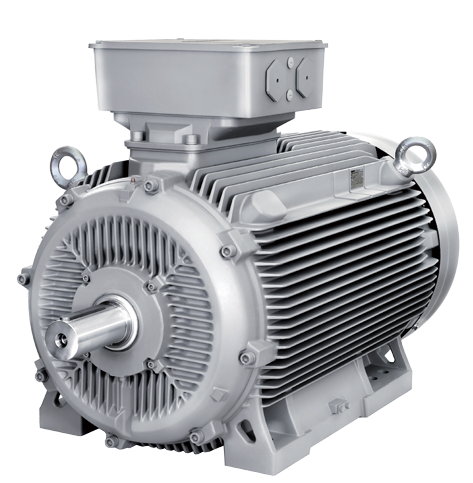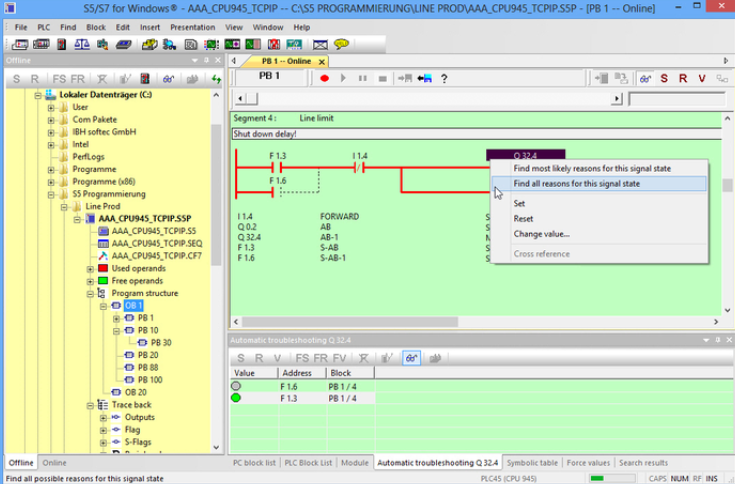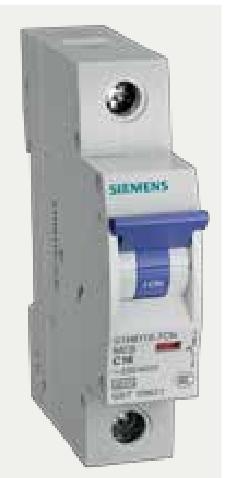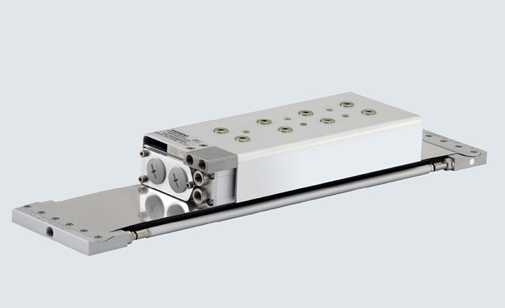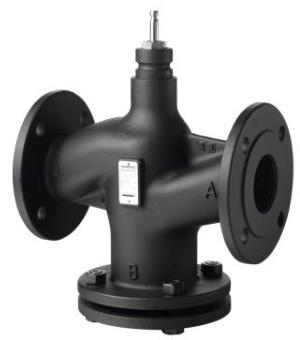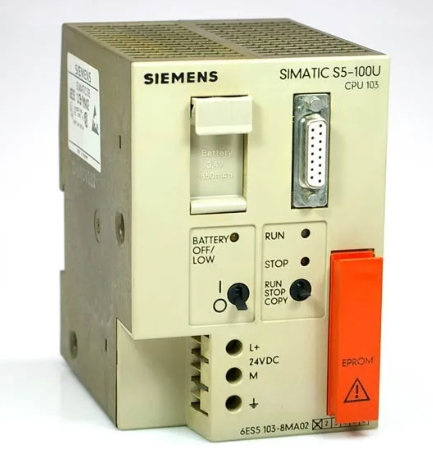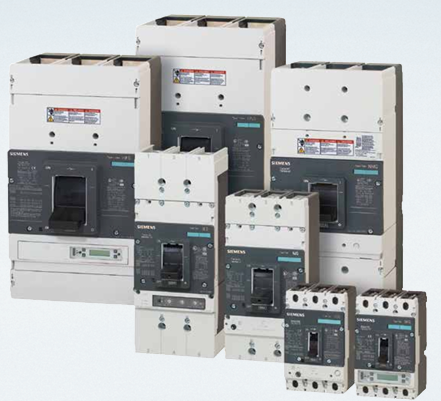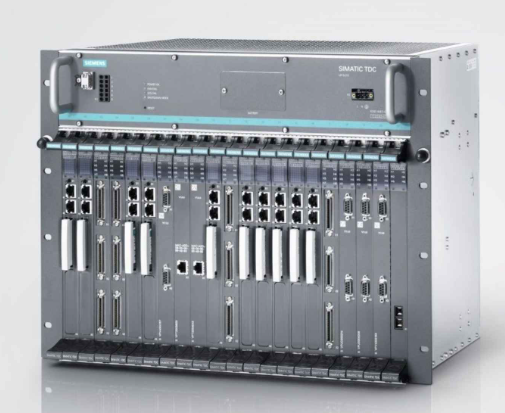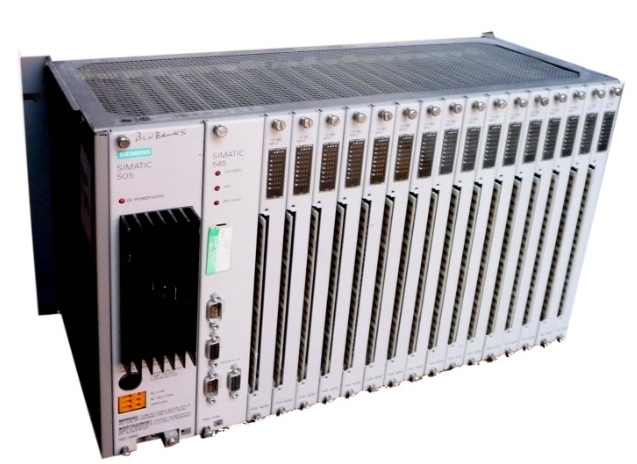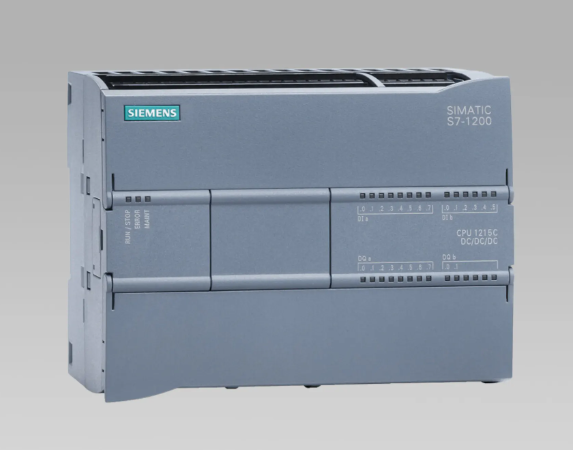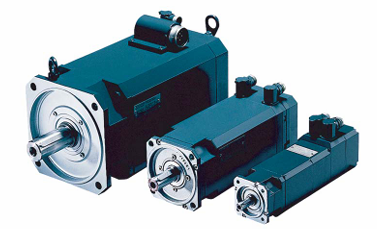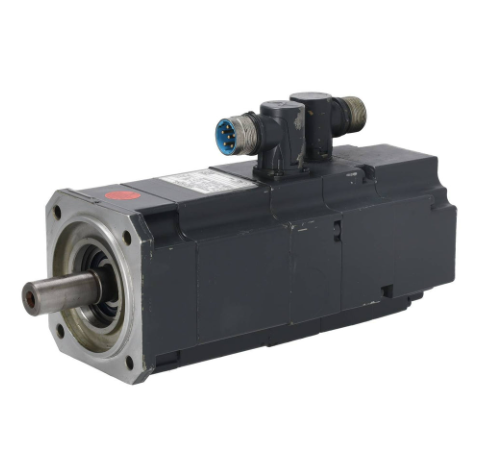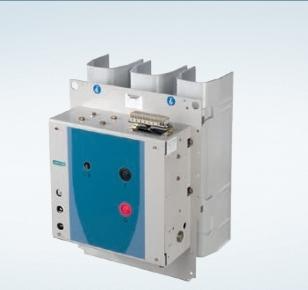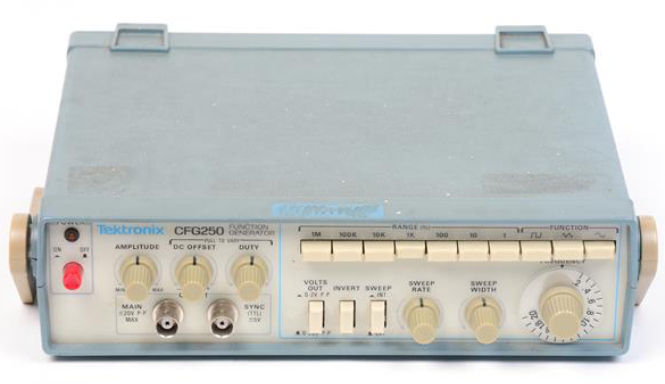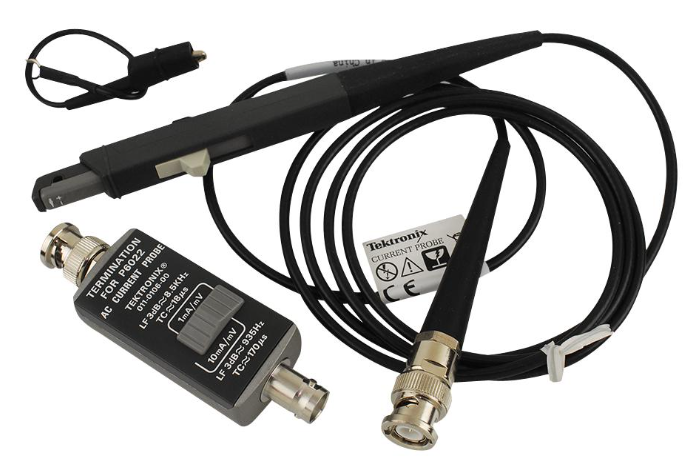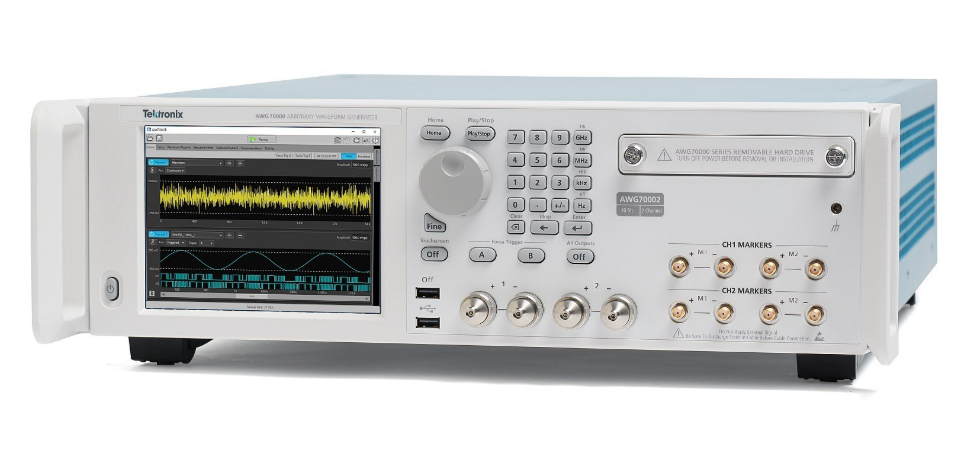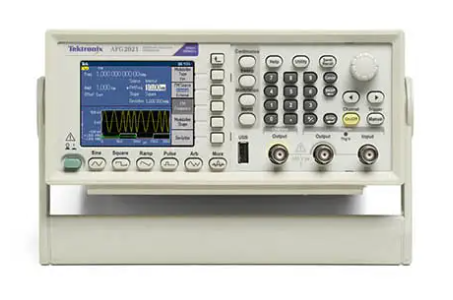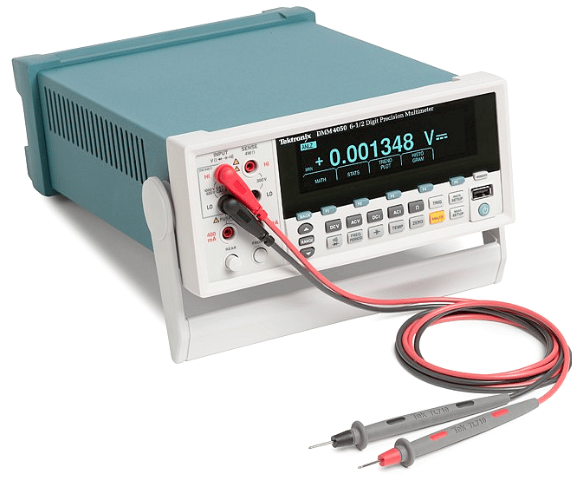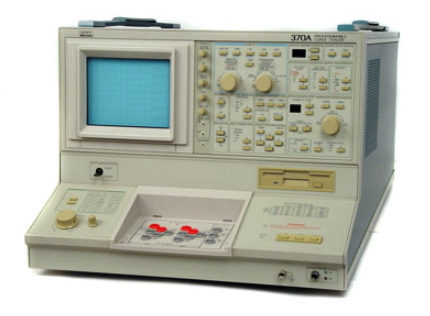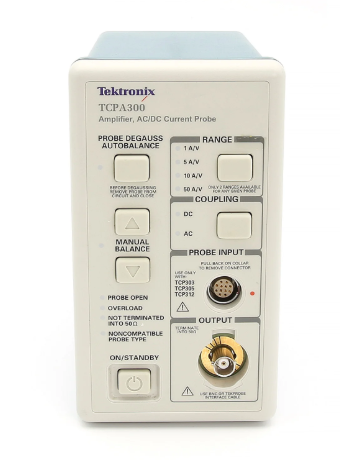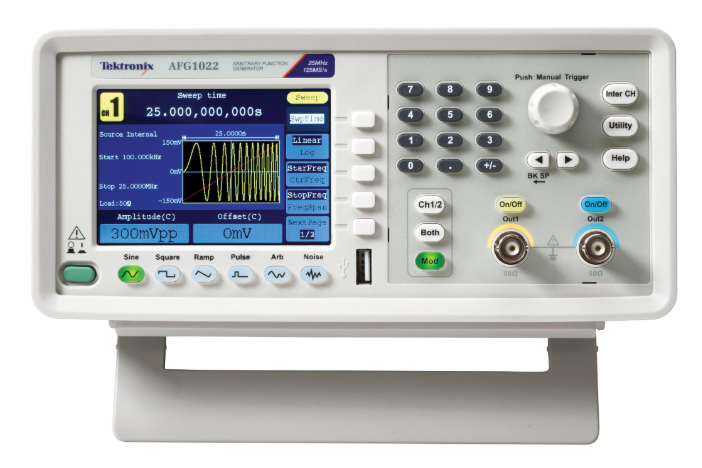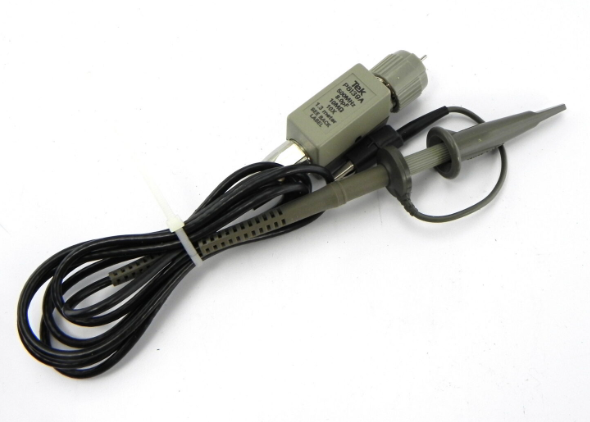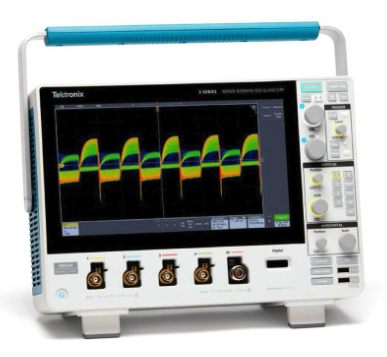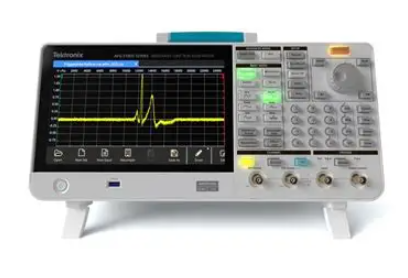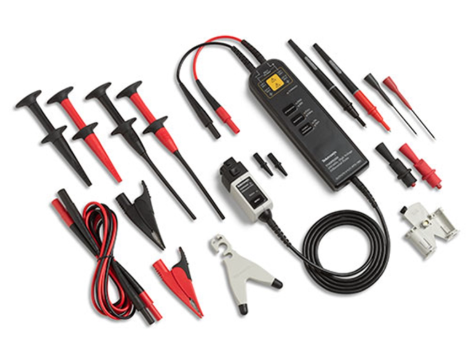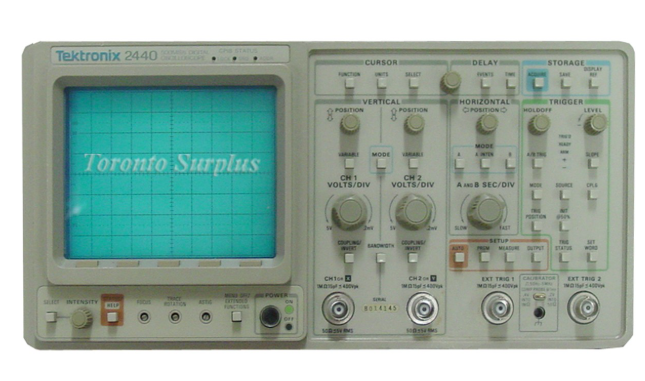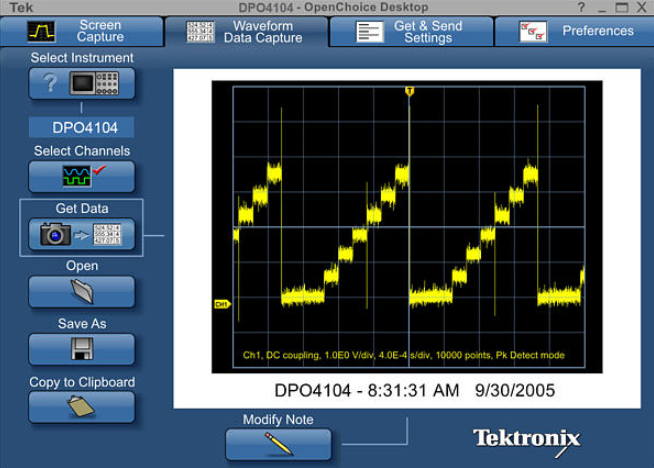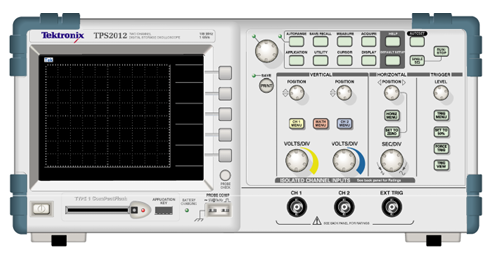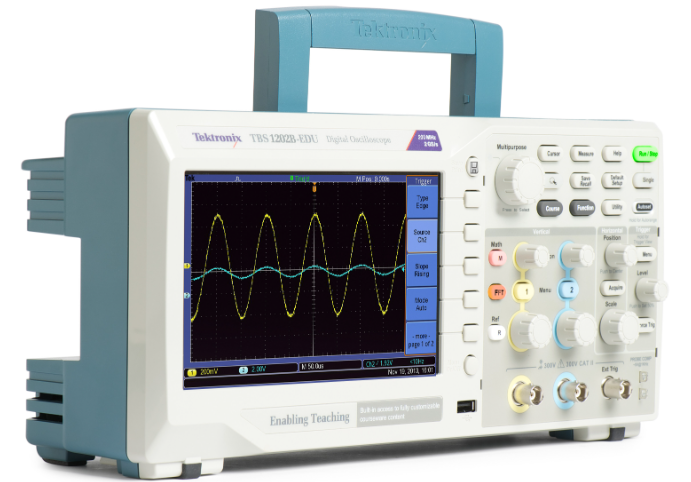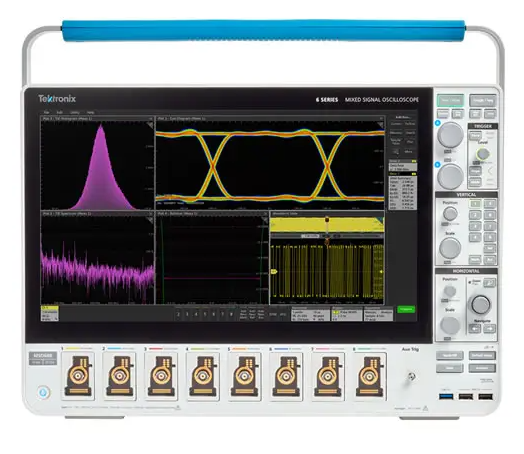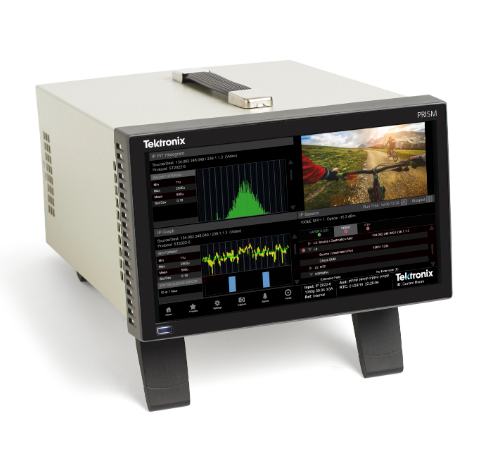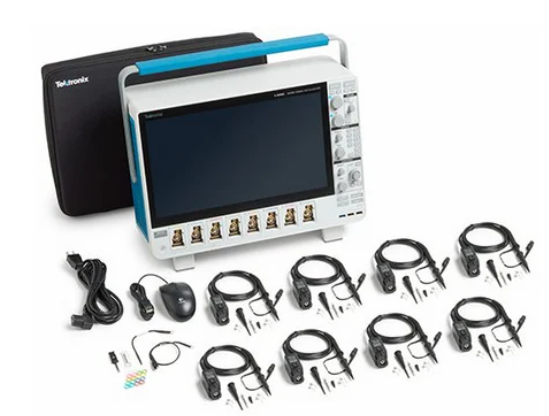GE DS200FCGDH1A Gate Distribution and Status Board
GE DS200FCGDH1A Gate Distribution and Status Board
Part Number DS200FCGDH1A Manufacturer General Electric Country of Manufacture As Per GE Manufacturing Policy Series Mark V Function Module Availability In StockDS200FCGDH1A is a Gate Distribution and Status Board manufactured and designed by General Electric and is part of the LS2100 Innovation Series used in Static Starter Control systems. An interface board for a 6-pulse phase-controlled, non-reversing bridge is called the Gate Distribution and Status Card (FCGD). Through the VME backplane, it transmits feedback and diagnostic data after receiving SCR firing data from the DS200DSPC (DSPC, the VME processor) chip.
The FCGD receives a multiplexed cell status signal from each bridge leg and decodes and de-tributes the cell gating signals for each bridge leg. Additionally, it takes in bridge feedback signals, scales them, and then transmits the voltage, frequency, and current status data back to the DSPC board. GATE DISTRIBUTION AND STATUS BOARD FUNCTION: SYSTEM CLOCK: The FCGD features a system clock register that produces firing commands and timestamp feedback values.
This 16-bit up-counter ends when it reaches the hexadecimal value 0FFFFH and resets to 0. SYSTEM RESET: During power-ups or hardware resets, the system reset signal sets all of the registers on the board to their starting settings. SYSTEM HEARTBEAT: An electronic component's heartbeat is a regular signal that it sends out to let other components know that it is still alive and well. This function is supported by the system heartbeat register on the FCGD.
The board-level heartbeat starts to count at the same rate as the system clock when the VME host CPU writes to it for the first time, and a green board-front LED marked IMOK (I am alright) turns on. ANALOG & DIGITAL CONDITIONING: For analog voltage, current, and flux feedback, voltage-controlled oscillators are utilized. The VCOs are driven by the signals VA, VB, VC, VDC, IA, IC, FLUXBAR, and FLUXCBR (see Table 1). Additionally, six parallel Sigma-Delta converters that work with the VCOs are fed with the voltage and current signals.
Features
▪ Contains 10 Mbytes of battery-backed user memory and 10 Mbytes of non-volatile flash user memory.
▪ Provides access to bulk memory via reference table %W.
▪ Configurable data and program memory.
▪ Programming in Ladder Diagram, C, Structured Text, and Function Block Diagram.
▪ Supports auto-located Symbolic Variables that can use any amount of user memory.
▪ Reference table sizes include 32Kbits for discrete %I and %Q and up to 32K words each for analog %AI and %AQ.
▪ Supports Series 90-70 discrete and analog I/O, communications, and other modules. For a list of modules supported, refer to the PACSystems RX7i Installation Manual, GFK-2223.
▪ Supports all VME modules supported by Series 90-70.
▪ Supports RX7i data monitoring over the web. Allows a combined total of up to 16 web server and FTP connections.
▪ Supports up to 512 program blocks. Maximum size for a block is 128KB.
▪ Test Edit mode allows you to easily test modifications to a running program.
▪ Bit-in-word referencing.
▪ Battery-backed calendar clock.
▪ In-system upgradeable firmware.
▪ Three isolated serial ports: an RS-485 serial port, an RS-232 serial port, and an RS-232 Ethernet station manager serial port.
▪ The embedded Ethernet interface provides:
- Data exchange using Ethernet Global Data (EGD)
- TCP/IP communication services using SRTP
- Support for SRTP Channels, Modbus/TCP Server, and Modbus/TCP Client
- Full programming and configuration services
- Comprehensive station management and diagnostic tools
- Two full-duplex 10BaseT/100BaseT/TX (RJ-45 Connector) ports with an internal network switch providing auto-negotiated network speed, duplex mode, and crossover detection.
- User-configurable Redundant IP address
- Time synchronization to SNTP time server on Ethernet network (when used with Release 5.00 or later CPU module).

- User name Member Level Quantity Specification Purchase Date
- Satisfaction :
-









Email:wang@kongjiangauto.com

